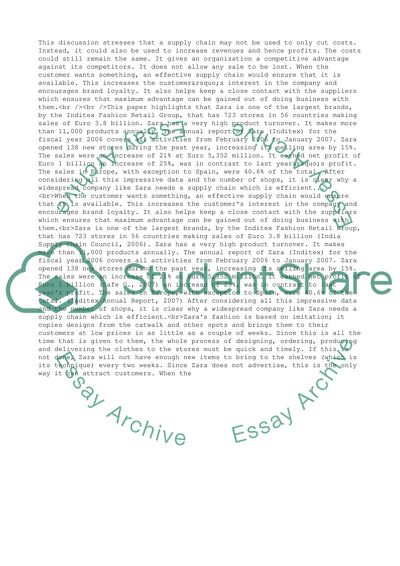Cite this document
(“Logistics and Supply Chain Management Case Study”, n.d.)
Logistics and Supply Chain Management Case Study. Retrieved from https://studentshare.org/business/1501021-logistics-and-supply-chain-management-case-study
Logistics and Supply Chain Management Case Study. Retrieved from https://studentshare.org/business/1501021-logistics-and-supply-chain-management-case-study
(Logistics and Supply Chain Management Case Study)
Logistics and Supply Chain Management Case Study. https://studentshare.org/business/1501021-logistics-and-supply-chain-management-case-study.
Logistics and Supply Chain Management Case Study. https://studentshare.org/business/1501021-logistics-and-supply-chain-management-case-study.
“Logistics and Supply Chain Management Case Study”, n.d. https://studentshare.org/business/1501021-logistics-and-supply-chain-management-case-study.


